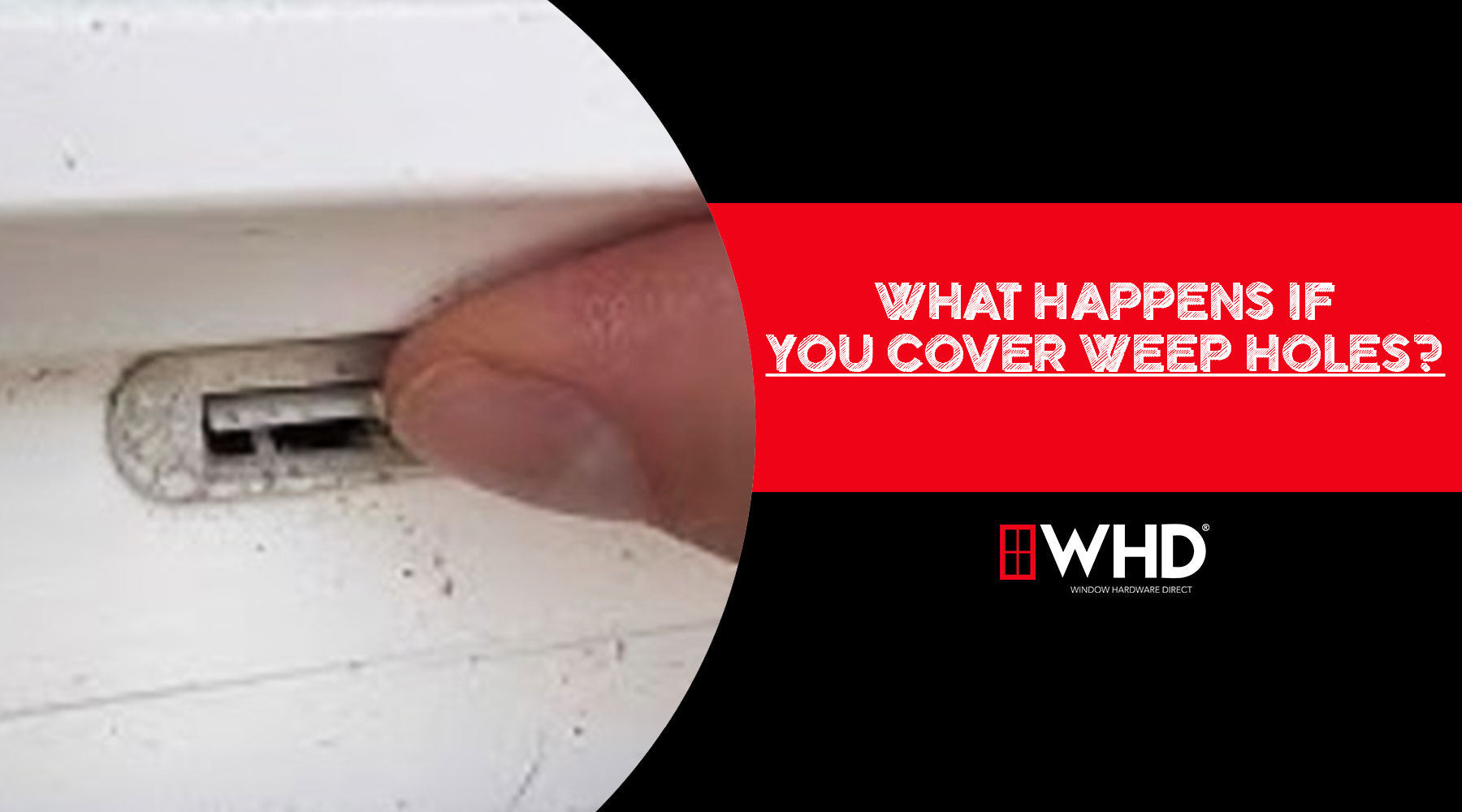
What Happens If You Cover Weep Holes? Hidden Dangers of Blocking Window Drainage
Windows are an essential part of any home, allowing natural light and fresh air to flow inside while protecting against the elements. However, many homeowners overlook one crucial component of their windows—weep holes. These small but vital openings play a key role in maintaining the longevity and functionality of your windows. But what happens if you cover weep holes? The consequences can range from minor inconveniences to major structural damage.
Understanding Weep Holes
Weep holes are small drainage openings with covers that have ventilation slots found at the bottom of window frames, particularly in vinyl and aluminum windows. Their primary function is to allow water that accumulates within the frame to drain out, preventing moisture buildup. This is especially important in rainy or humid climates where condensation and leaks can occur.

The Risks of Covering Weep Holes
If weep holes become blocked—whether intentionally or accidentally—serious issues can arise. Here’s what can happen:
1. Water Accumulation and Window Damage
Without proper drainage, water can pool inside the window frame. Over time, this trapped moisture can lead to mold growth, rotting wood, and frame deterioration.

2. Increased Risk of Interior Leaks
When weep holes are blocked, water has nowhere to escape except inside your home. This can result in leaks that damage walls, flooring, and insulation. For further leak prevention, we recommend making sure your windows have weatherstripping as well.

3. Mold and Mildew Growth
Moist environments create the perfect conditions for mold and mildew. These fungi not only cause unpleasant odors but can also trigger allergies and respiratory issues.

4. Structural Damage
Persistent water intrusion can weaken the integrity of window sills and surrounding structures. This may lead to costly repairs or even require full window replacement.

5. Fogging and Condensation Issues
Windows with blocked weep holes often experience excessive condensation between glass panes. This not only reduces visibility but also indicates trapped moisture that could further degrade the window.

How to Maintain Weep Holes Properly
To prevent these problems, homeowners should ensure their weep holes remain clear and functional. Here are a few maintenance tips:
-
Regularly inspect weep holes for debris such as dirt, paint, or insect nests.
-
Use a small brush or compressed air to gently clear any blockages.
-
Avoid sealing weep holes when painting or caulking around the window frame.
-
Test drainage by pouring a small amount of water into the frame track and checking if it flows out properly.
Conclusion
Understanding the role of weep holes in your window system is crucial for maintaining a dry and damage-free home. Blocking these openings, whether by accident or misunderstanding, can lead to serious water damage, mold growth, and structural problems. If you're experiencing window leaks or suspect your weep holes are clogged, taking swift action can save you from expensive repairs down the line.
Keep your weep holes clear, and your windows will continue to function efficiently for years to come. For more information on weep holes or assistance ordering replacement weep hole covers, Contact the WHD Team! We look forward to helping you.
